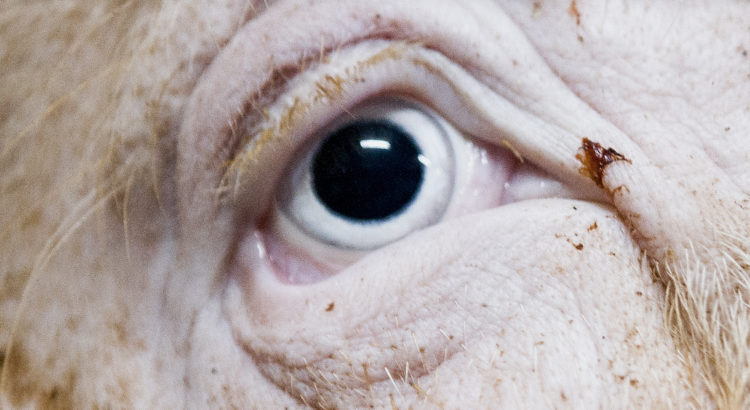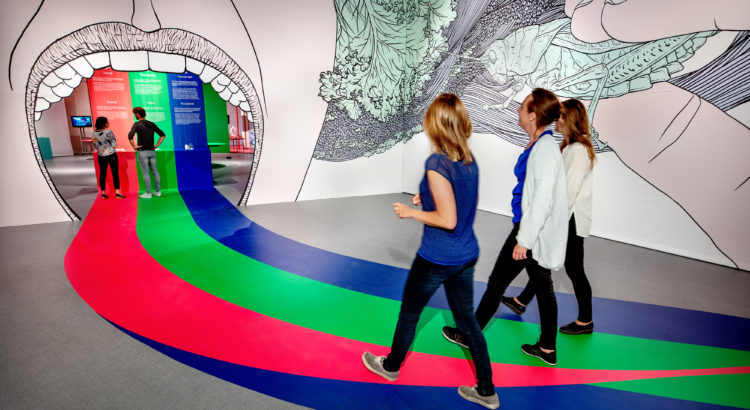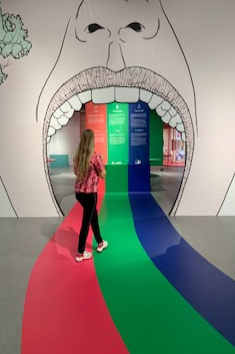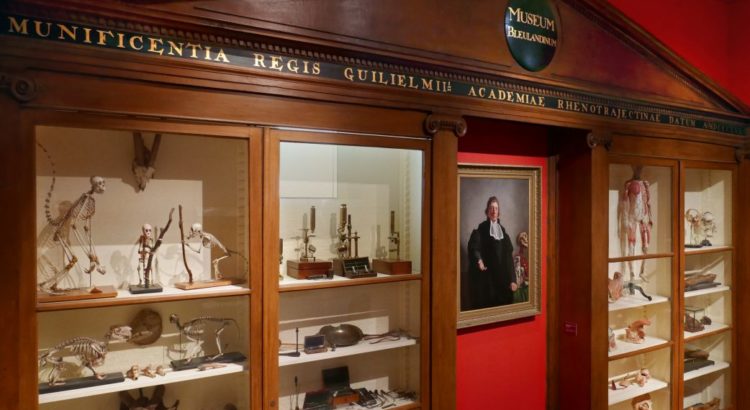Talking about slavery is becoming a more important topic in the Netherlands. Museums are taking part in this conversation by talking about the role the Dutch played and museums become aware of their role in educating society. An example is the exhibition ‘Heden van het Slavernijverleden’ (‘Afterlives of Slavery’) in the Tropenmuseum in Amsterdam. On […]
Author: Public History Student

Funeral museum Tot Zover is all but dead and buried
How do we deal with death? That is what it is all about at the Tot Zover museum located at ‘De Nieuwe Ooster’ graveyard in Amsterdam. The Funeral museum Tot Zover is celebrated because of its very unique concept and location. To wit, the museum houses itself in the former residence of the graveyard director/undertaker. […]
The Cultural Value of Mental Health Exhibitions
When you enter the term psychiatric museum into your google search bar you will come across images of cages, restraint jackets and shackles. Psychiatric museums are often associated with the history of their gruesome methods of treatment and therapy. People are inclined to look negatively at the material culture of psychiatric exhibitions. Nowadays we can’t […]

A Taste of the Future
‘We shall escape the absurdity of growing a whole chicken in order to eat the breast or wing. By growing these parts separately under a suitable medium’ – Winston Churchill (1931). These words are greatly presented in the ‘Future Foods’ exhibition in the NEMO Science Museum in collaboration with Next Nature Network. This exhibition shows […]

Future food: What is on our plates in 2050?
How can we protect the earth from pollution and unnecessary animal suffering? How can we feed the earth’s growing population? How will food products look like in 2050? These are the current and important questions which the exhibition Future Food (Voedsel van Morgen) in De Studio, belonging to NEMO, tries to answer. Thematic structure At […]

Bleuland’s babies in bottles
“Quiver with horror at skeletons, organs, foetuses and body parts in formaldehyde!” This caption at the website of the Utrecht University Museum refers to the Bleuland Cabinet, home of the private collection of physician Jan Bleuland (1756-1838). Bleuland lived in an age of change. The development of instruments and technics, in which the physician himself […]
Problems and opportunities with online collections
The first example of a digital archive we took from a text we read for this college. it’s the BBC’s WW2 people’s war project. This was a project that ran from June 2003 to January 2006. The aim of the project was to collect on a website the memories of people who had lived and […]
Moving here, but where did I come from?
In this blog post we will be discussing the features that can be used on the Moving Here website of the National Archives of the United Kingdom. Though this site is no longer being updated, it can still be used to view its content. The Moving Here website offers a history of migration of four […]

Folklore.org vs. Reddit – an analysis by Ruudster Wynerink
For the course Special Topics, we had to compare and analyse two different digital projects. We looked into the subject of the websites, what audience was intended, how accessible the website is and the possibilities of contributing. We picked folklore.org, which contains anecdotes about the development of Apple’s original Macintosh, and reddit.com, where all the topics you […]
Different public means different websites: an examination of Vele Handen and the Groninger Archives
According to the chapter of Cohen and Rosenzweig, you must ‘go beyond passive “texts” such as websites and web pages and also think about active processes such as communication and interaction.’ They point out a view criteria with which you should take account if you want to build a digital collecting site. Why collect history […]